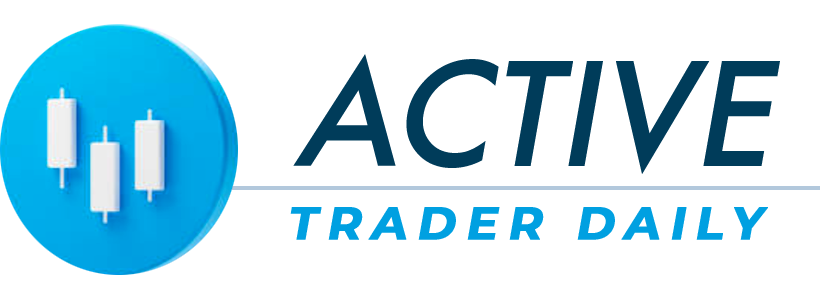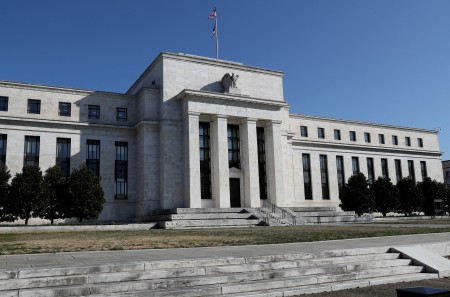(Reuters) – U.S. economic activity continued to expand from early April through mid-May but firms grew more pessimistic about the future while inflation increased at a modest pace, a U.S. Federal Reserve survey showed on Wednesday, as central bankers mull how long they will need to keep interest rates at current levels.
The U.S. central bank’s latest temperature check on the health of the economy also showed that the jobs market continues to gradually cool back down toward more normalized levels.
The survey, released roughly every six weeks, comes as policymakers remain uncertain on when to start a rate-cutting cycle after holding interest rates in the range of 5.25% to 5.50% for the past 10 months. They are keenly watching trends in activity, jobs and pricing pressures in order to make their decision.
“National economic activity continued to expand…however, conditions varied across industries and districts,” the Fed said in its survey, known as the “Beige Book,” which polled business contacts across the central bank’s 12 districts through May 20. “Overall outlooks grew somewhat more pessimistic amid reports of rising uncertainty and greater downside risk.”
Most Fed districts reported slight or modest growth in activity, while two noted no change in activity, the survey said.
The Fed’s benchmark interest rate is set to remain unchanged at the next policy meeting on June 11-12 and Fed officials, while all but ruling out another rate hike, have indicated they need consistent encouraging inflation data over a number of months before lowering borrowing costs after being stung by bigger-than expected price increases the first three months of the year.
While that worrying trend seems to have reversed in April and there are signs consumers are pulling back on spending, inflation currently remains, by the Fed’s preferred measure, almost a percentage point higher than its 2% target rate.
The latest reading of the Fed’s key inflation gauge is scheduled for release on Friday.
U.S. job gains were the fewest in six months in April and the increase in annual wages fell below 4.0% for the first time in nearly three years, but the labor market remains fairly tight.
However, there are also signs inflation pressures may be reaccelerating again. U.S. import prices rose by the most in two years in April amid rising costs for energy products while manufacturers this month reported a surge in prices for a range of inputs, suggesting that goods inflation could pick up in the months ahead.
“Many districts observed a continued increase in input costs, particularly insurance, while some noted price declines in certain construction materials,” the Fed’s report said.
(Reporting by Lindsay Dunsmuir; Editing by Andrea Ricci)













